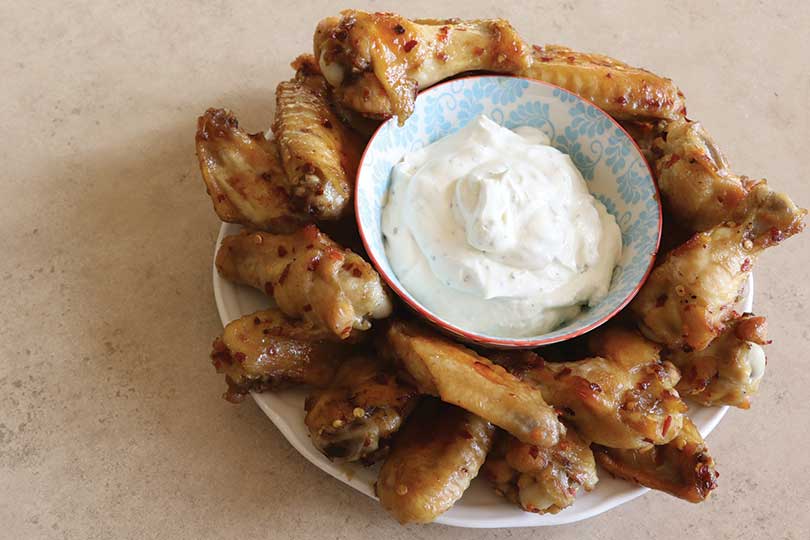By Justin Walker
Communications Specialist
Chicken wings will be a hot commodity as the big game approaches on Sunday, according to Texas A&M AgriLife Extension Service experts.
Americans are expected to consume about 1.38 billion chicken wings this Sunday, an estimated two percent increase on last year’s numbers.
Prices for poultry items spike during the first month of the year, which is typical considering the increase in demand for poultry products for the big game, Dr. David Anderson, AgriLife Extension economist, said.
A majority of food purchases for the event are of the snack variety, Anderson said, such as chips and dip, hot wings and grilling meats.
Chicken wings have become a staple for watch parties, resulting in increased demand and prices for wings and drumsticks, Anderson said. But prices for other items will most likely be down, he said.
“With depressed prices on some meat and cheese, chicken wings look like the only product out there that will have that Super Bowl effect this year,” Anderson said. “The Super Bowl is the biggest sales generator for some individual businesses, but consumers won’t see an effect on prices like they will with chicken wings.”
Chicken wing prices have traditionally rose leading up to the game, according to the U.S. Department of Agriculture Livestock Marketing Information Center. Prices increased an average of 16 centers per pound from the beginning of January through the big game from 2013 to 2017.
Last year, prices increased 10 cents, with a final price of $1.78 per pound.
Large supplies of steaks and briskets, with an additional surplus of cheese, will help keep overall costs for the consumer intact, Anderson said.
The increase in demand also causes problems on the farmer side, as growers struggle to keep up, Dr. Craig Coufal, AgriLife Extension poultry specialist, said.

